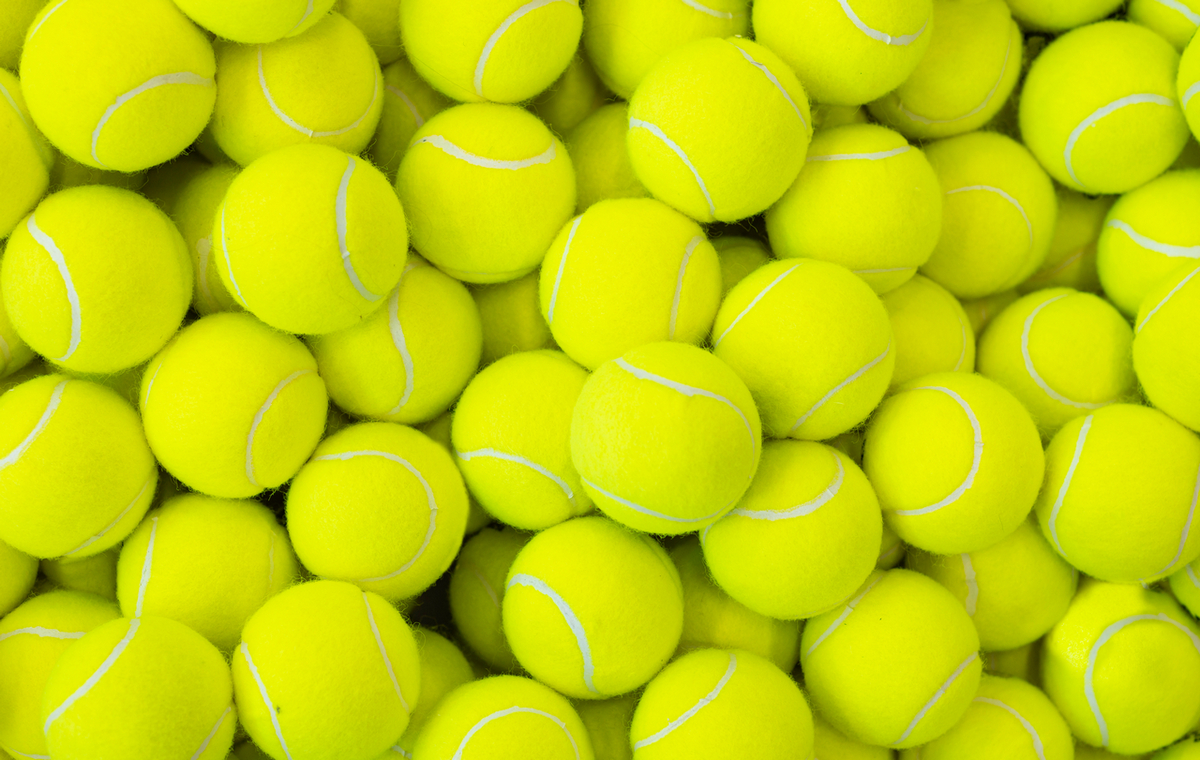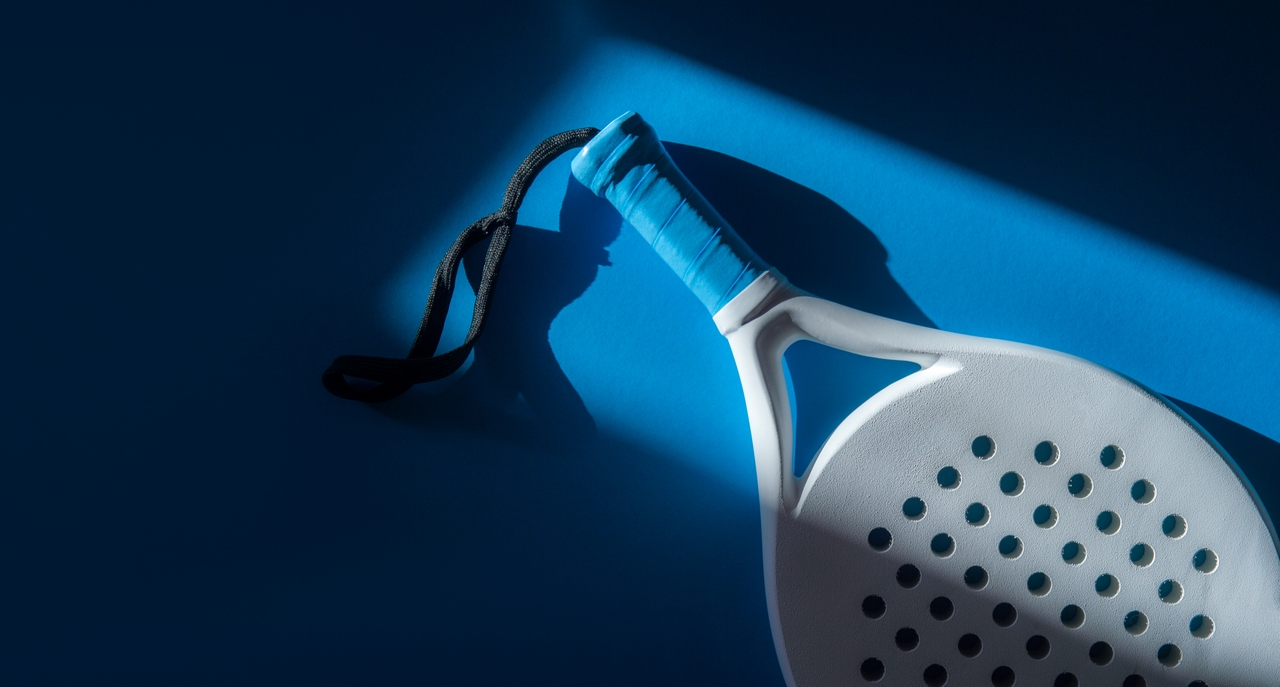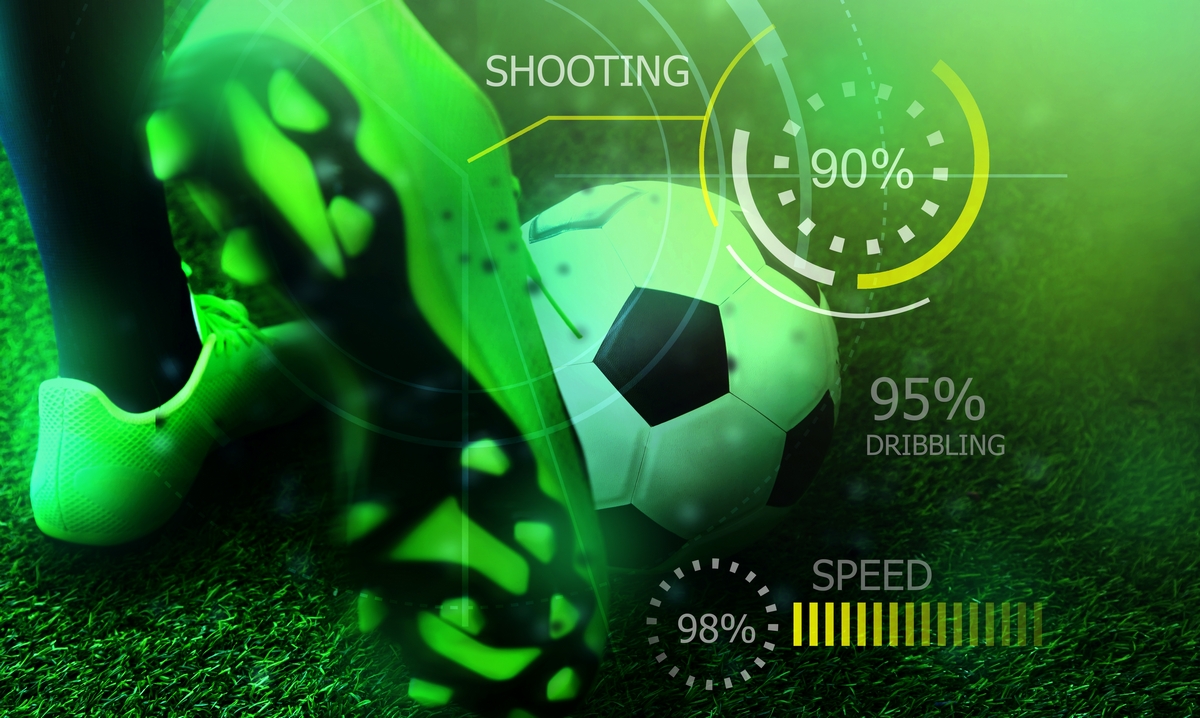Understanding Squash: Rules, Scoring, and Basic Tactics for Beginners
July 22, 2024
Squash is an exciting and fast-paced racquet sport played on an enclosed court. For beginners, understanding the basic rules, scoring system, and fundamental tactics is crucial to enjoying and improving at the game. Let's break down these essential elements.
Rules of the Game
Court and Equipment
Squash is played on a rectangular court with four walls. The front wall features a service line and a tin (out-of-bounds area). Players use racquets to hit a small rubber ball against the front wall.

Basic Gameplay
- The ball must be hit above the tin on the front wall and can then hit any other wall before bouncing on the floor.
- Players alternate hitting the ball, allowing only one bounce on the floor between shots.
- The ball can be volleyed (hit before it bounces) or played after one bounce.
Service
- The server must have at least part of one foot completely within the service box when striking the ball.
- The serve must hit the front wall above the service line and land in the opposite back quarter of the court (unless volleyed by the receiver).
- After winning a point, the server must serve from the alternate side.
Faults and Lets
- A fault occurs when the server fails to make a proper serve, resulting in loss of serve.
- A "let" is played (rally replayed) if there's interference or uncertainty about a shot's validity.
- If a player is prevented from making a winning shot due to interference, they may be awarded the point (called a "stroke").
Scoring System
- Games are typically played to 9 points.
- Only the server can score points.
- If the receiver wins a rally, they gain the right to serve but do not score a point.
- If the score reaches 8-8, the receiver chooses whether to play to 9 (set 1) or 10 (set 2) points.
- Matches are usually best of 3 or 5 games.
Basic Tactics
Control the "T"
The "T" is the central position where the short line intersects the half-court line. Aim to return to this position after each shot, as it allows you to reach most shots your opponent might play.
Hit to the Back Corners
Aim your shots to land deep in the back corners of the court. This forces your opponent to move far from the central "T" position and gives you more time to prepare for their return.
Use the Side Walls
Playing shots close to the side walls makes it difficult for your opponent to return the ball effectively.
Vary Your Shots
Mix up your game with a combination of drives (straight shots), cross-court shots, drops (short shots near the front wall), and lobs (high, defensive shots).
Watch Your Opponent
Pay attention to your opponent's position and movement to anticipate their shots and plan your own.
Serve Strategically
A good serve should force a difficult defensive return, often on the volley and close to the side wall.
Play to Your Opponent's Weaknesses
If you notice your opponent struggles with certain shots or movements, try to exploit these weaknesses.
Conserve Energy
Squash is a physically demanding sport. Move efficiently and try to make your opponent do more work by placing your shots well.
Safety Considerations
- Always wear proper eye protection.
- Be aware of your opponent's position to avoid collisions or hitting them with your racquet or the ball.
- If there's any risk of injuring your opponent, stop play and ask for a let.
By understanding these basic rules, scoring system, and tactics, beginners can start enjoying squash and develop their skills. Remember, practice and experience will help you improve your game and develop more advanced strategies over time.







